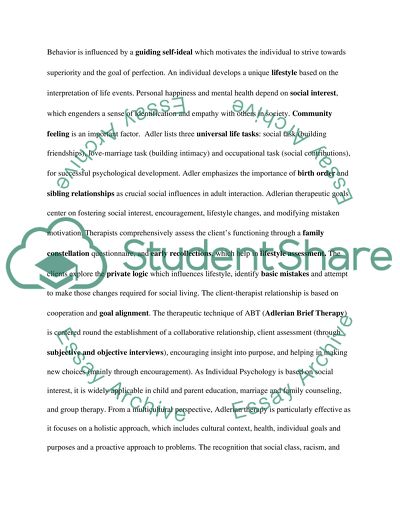Cite this document
(“Chapter 5: Alderian Therapy Essay Example | Topics and Well Written Essays - 2000 words”, n.d.)
Retrieved from https://studentshare.org/psychology/1444537-chapter
Retrieved from https://studentshare.org/psychology/1444537-chapter
(Chapter 5: Alderian Therapy Essay Example | Topics and Well Written Essays - 2000 Words)
https://studentshare.org/psychology/1444537-chapter.
https://studentshare.org/psychology/1444537-chapter.
“Chapter 5: Alderian Therapy Essay Example | Topics and Well Written Essays - 2000 Words”, n.d. https://studentshare.org/psychology/1444537-chapter.


